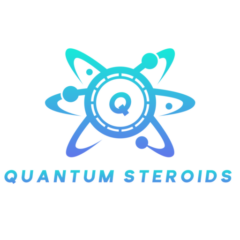What is Turinabol (Tbol) and its Chemical Profile?
Turinabol, commonly abbreviated as Tbol, is an oral anabolic and androgenic steroid known for its unique properties. Developed in the early 1960s in East Germany by Jenapharm, it combines elements of Clostebol and Dianabol, resulting in a chemical compound known as 4-chlorodehydromethyltestosterone.
Overview of Turinabol
Turinabol distinguishes itself by being a non-aromatizable steroid. This means it doesn’t convert into estrogen, making it a safer choice for those concerned about estrogenic side effects. It is widely recognized for its benefits in promoting lean muscle mass and maintaining bone density. Its safety profile makes it a popular choice among athletes, particularly those seeking performance enhancement without significant side effects.
Chemical Characteristics
Modified Dianabol Structure: Turinabol is chemically similar to Dianabol, except for one key modification—a chlorine atom at the fourth carbon position. This alteration contributes to its unique profile.
Non-Aromatizing: Unlike its counterpart Dianabol, Turinabol does not convert to estrogen, reducing the risk of estrogen-related issues.
Androgenic & Anabolic Ratings: Turinabol has a relatively low androgenic rating of 6 while maintaining an anabolic rating of 54. In comparison, Dianabol has a higher androgenic range, rated between 90 and 200.
Half-Life and Binding: The compound features a half-life of approximately 16 hours and is able to bind to Sex Hormone Binding Globulin (SHBG), a trait attributed to its chemical structure.
These attributes make Turinabol a milder alternative to stronger steroids while still providing effective gains in muscle mass and performance enhancement. Its reduced androgenic properties stem from the double bond between carbon atoms 1 and 2, offering users a balanced profile for athletic purposes.
